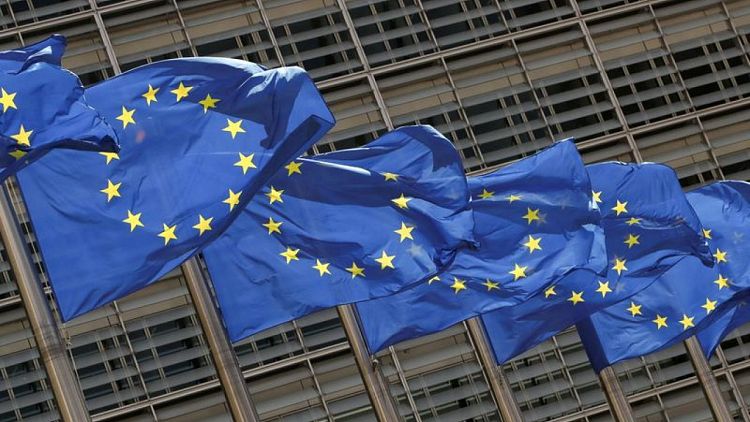BRUSSELS - The European Commission will keep borrowing limits for European Union governments suspended for the third year in a row in 2022 to help finance an economic recovery from the pandemic, but expects to restore them in 2023, it said on Wednesday.
Through its Stability and Growth Pact, the 27-nation EU aims to keep budget deficits below 3% of GDP and public debt below 60% of GDP. But these rules were put on hold in March 2020 as Europe was hit by the coronavirus pandemic that caused the biggest recession since the Second World War.
"The Commission considers that the conditions are met to continue to apply the (suspension of the borrowing limits) in 2022 and is expecting to deactivate it as of 2023," the Commission, in charge of policing EU laws, said in a statement.
"In 2022, the fiscal stance ... needs to remain supportive," "Beyond 2022, fiscal policies should continue to take into account the strength of the recovery, the degree of economic uncertainty and fiscal sustainability considerations," it said.
The Commission said governments should start consolidating finances only when economic conditions allow it, but pay special attention what they spend on, focusing mainly on investment in making their economics greener and more digitalised.
"We all know that budget deficits will have to be brought down from the exceptional levels of this and last year," European Economic Commissioner Paolo Gentiloni said.
"But this must be done in a way that doesn’t repeat the mistake of sacrificing public investment and other productive spending that is necessary for the future growth of our economies," he said.
The Commission said that because of an exceptionally high degree of uncertainty over the future, its guidance was now mainly qualitative, but that in 2022 it would come back with more quantified guidance for the later years.



